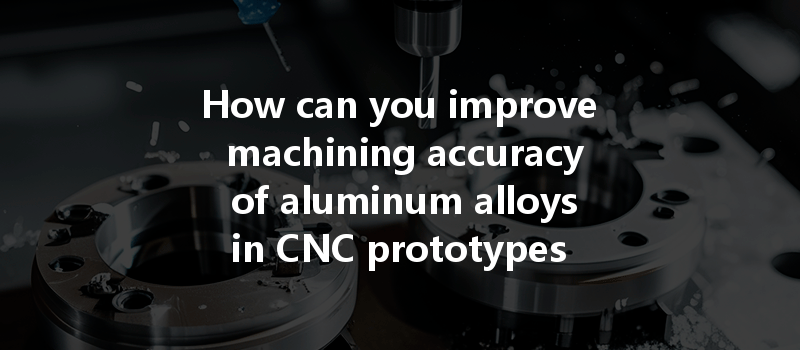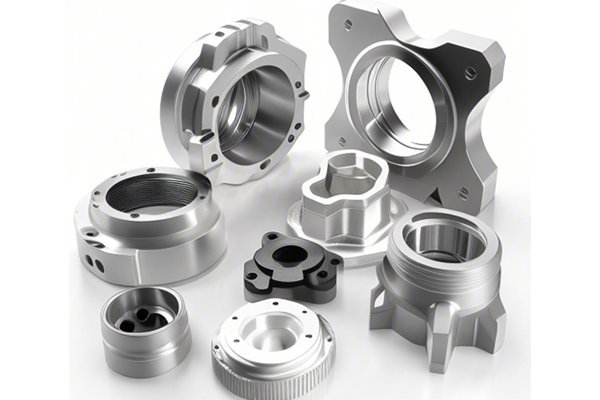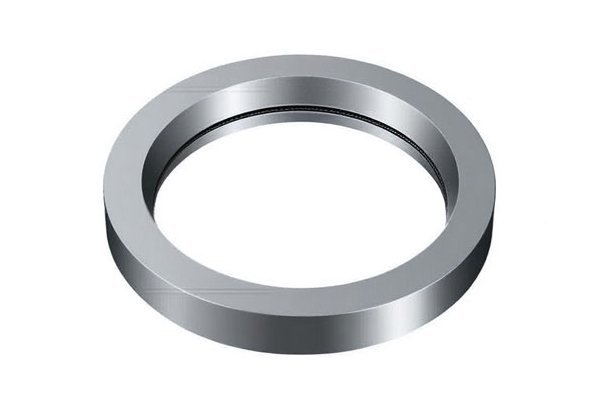Did you know that the precision of CNC machining processes can dramatically affect the overall quality of manufactured parts? According to a study by the National Institute of Standards and Technology, even a mere 1% variation in machining accuracy can lead to a 20% increase in the assembly time of components in many industries. As such, mastering the art of improving machining accuracy, especially with aluminum alloys in CNC prototypes, is crucial for manufacturers striving for excellence and efficiency.
In this comprehensive guide, we’ll explore the strategies and techniques that can help you elevate the accuracy of machining aluminum alloys in your CNC prototypes. Whether you’re a seasoned professional or an eager newcomer to the realm of CNC machining, this blog aims to provide detailed solutions to enhance accuracy, efficiency, and ultimately, product quality.
—
Understanding CNC Machining and Aluminum Alloys
What is CNC Machining?
CNC (Computer Numerical Control) machining is a subtractive manufacturing method that employs pre-programmed computer software to control the movement of machinery and tools. This technology is widely used in various industries to produce parts with high precision and complicated geometries. CNC machines can handle a wide array of materials, but they are particularly known for working effectively with metals, including aluminum alloys.
Why Choose Aluminum Alloys?
Aluminum alloys are favored in many applications due to their lightweight, strong, and corrosion-resistant properties. They are versatile materials used in automotive, aerospace, and construction industries, among others. However, machining aluminum alloys presents its own set of challenges, particularly when it comes to achieving precise tolerances and surface finishes.
—
Chapter 1: Factors Influencing Machining Accuracy of Aluminum Alloys
To improve the machining accuracy of aluminum alloys, it is essential first to understand the various factors that can influence the outcome:
1.1 Machine Tool Calibration
Calibration of CNC machines is critical for achieving the desired accuracy. Regular checks and adjustments are required to ensure that the machine operates within the specified tolerances.
1.2 Tool Selection
The type of cutting tool used can significantly impact machining accuracy. Different aluminum alloys require different tool materials and geometries, such as carbide or high-speed steel, designed specifically for aluminum.
1.3 Cutting Parameters
Variables such as cutting speed, feed rate, and depth of cut are essential parameters that need to be optimized. Incorrect settings can lead to issues such as excessive tool wear and poor surface finishes.
1.4 Workpiece Setup
Properly securing the workpiece is crucial in minimizing movement during the machining process. Techniques such as using vises, clamps, or jigs should be utilized to achieve optimal stability.
1.5 Coolant Selection
The type of coolant used can affect heat dissipation and chip removal during the machining process. Choosing an appropriate coolant that accommodates aluminum alloys can significantly improve accuracy.
—
Chapter 2: Techniques to Enhance Machining Accuracy
Now that we’ve established the factors at play let’s delve into specific techniques to enhance the machining accuracy of aluminum alloys in CNC prototypes.
2.1 Machine Calibration Techniques
2.2 Advanced Tool Selection

2.3 Optimizing Cutting Parameters
2.4 Workpiece Setup Improvements
2.5 Effective Coolant Use
—
Chapter 3: Quality Control and Testing
To ensure machining accuracy is maintained throughout the production process, robust quality control measures must be in place.
3.1 Implementing Quality Assurance Protocols
3.2 Measurement Techniques
—
Chapter 4: Advanced Technologies for Improved Accuracy
4.1 Integration of CAD/CAM Software
Leveraging advanced CAD/CAM software can significantly streamline the machining process. This technology allows manufacturers to visualize machining operations, optimizing paths and reducing error.
4.2 Adopting Machine Learning
Implement machine learning algorithms to predict tool wear and suggest adjustments to cutting parameters in real-time, enhancing the responsiveness of CNC operations.
4.3 Utilization of Additive Manufacturing
Considering the use of hybrid techniques where selective additive manufacturing complements CNC machining can lead to increased flexibility and accuracy in producing complex geometries.
—
Improving the machining accuracy of aluminum alloys in CNC prototypes doesn’t rest solely on higher costs or advanced technologies; it also invokes a holistic approach encompassing proper calibration, tool selection, optimization of parameters, and stringent quality control measures.
By employing these core techniques and leveraging modern technologies, CNC manufacturers can create prototypes that not only meet but exceed industry standards. As you delve into these strategies, remember that continuous improvement is vital. The ability to adapt and innovate will not only enhance your machining processes but also drive your company toward greater efficiency and excellence.
In an era where precision engineering is paramount, understanding and implementing these aspects are crucial. Invest your time and resources into mastering these fundamentals, and you’ll reap the benefits of higher-quality products, increased customer satisfaction, and a stronger competitive edge in the industry.






